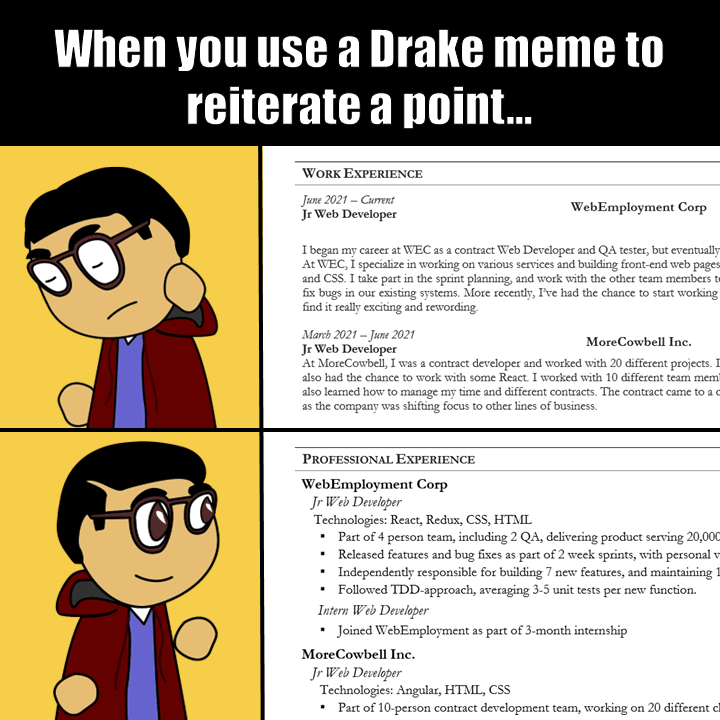Artificial Intelligence in Nature
When you think of Artificial Intelligence, what comes to mind? Is it Spielberg's 2001 movie? Is it the Matrix? Is it your computer beating you at Chess? Or the characters within a video game who clearly have no form of intelligence, as they continuously fire at the walls? However which way you think of artificial intelligence, there's pretty much one commonality - electronics. Computers are thought to be a series of wires and connections, all made working through the magic of electricity. And there's no reason for you to think otherwise, because after all that's how it's always been.
Take a look at your computer... consider: if we had a really good artificial program available, and it was running on your computer, where would the consciousness lie? Somewhere inside the inner workings of that box, no doubt. And because that box looks somewhat utilitarian (unless you have a shiny, glossy Mac), because that box can remind you in some ways of HAL, you may feel a little fearful of this thinking box. Again, if you have a Mac, you're probably not fearful as it reminds you more of something like Hello Kitty instead of HAL So imagine yourself asking this thinking computer a question, what would it say? And how scared would you be, as you thought about how this thinking box made of wires and chips, is a conscious being...
Those who may know a thing or two about computers know that computers work on this thing called binary. What exactly is binary? The short answer is it's a shorter name for binary system - a system of two states. An on/off switch. Computers are composed of many many on/off switches, rapidly turning off and on. Music, movies, photographs have all been turned into binary instructions - turn the switch off here, turn it on here, on again, on, and off here - voila! But media is a far more extreme version of binary instructions - that's why the file sizes are so huge. The most basic form of binary is the number system, in which you can immediately see how powerful binary can be.
As an example, how high can you count with your fingers? 10? Maybe 20, if you're creative. How high can you count with binary? With a single hand you can count to 31. With two hands, you can count to 1023. How? By thinking of your fingers as switches.
For simplicity's sake, I'll explain one hand. Assigning 1 to your thumb, 2 to your index, 4 to your middle finger, 8 to your ring finger, and 16 to your pinky, you can represent all the numbers from 0-21. 0 would be a closed fist. 1 would be extending your thumb. 2 would be extending only your index. 3 would be extending your thumb and your index. 4 would be extending only your middle (beware not to count 4 while looking angrily at someone...), 5 would be thumb and middle... And hopefully you can see the pattern.
Hopefully from that, you see the power of binary - the ability to cover a wide range with as few switches as possible. As an aside, there are trinary systems and quantum systems which are currently being worked on which will be eons more efficient than binary, but that's not why I'm writing this.
Another thing you hopefully picked up on is the fact that your hand, when counting binary, is a computer. That is, it has a series of switches (5), which can be turned on and off. But, wait! No electricity!
The fact is, the reason why computers use electricity is because electricity is ridiculously fast. So fast you can only appreciate it's speed by ridiculing it. It's the fastest method to flip those tiny switches on and off, and that's why computers are made of wires. By making those switches ever-so-tiny, electricty can rapidly fly aroudn the circuit board, and we can build faster and faster computers, allowing for more and more computational power. But there are non-electric computers out there - the problem is they're a lot bigger, and are more prone to damage. They also can't compute a whole lot - but if you have a lot of tinker toys laying around you can program your own tic-tac-toe game, with built in AI.
Electricity, and particularly the fact that all the wires and circuit boards are locked up and out of sight, allows us to be very removed from the computer. We don't see the little switches rapidly turn on or off, and most of the time, we don't even think of it as happening. We look at the monitor and accept that as the physical manifestation of our data - reason why some people attack their monitors and not their towers when something goes wrong. And because we're so removed from the computer, AI becomes this mysterious thing that makes for a great movie. The wires inside a box remind us of a brain - and we're far too removed to know what's going on inside there. There's a lot of mystery within that little box.
But here's an interesting note: I've already established that computers don't need electricity, they just need a bunch of switches, and some sort of flow to turn the switches on and off. So let's get imaginative - what if we had a really big mountain. A huge mountain. One where a river flowed rapidly from top to bottom. And along this river we put a bunch of logs that could be rotated to one of two positions that we designate as on or off. And then we managed to feed in instructions into this massive mountain of a computer (massive computer of a mountain?) In short, instead of a small black box with an HP/Dell/IBM logo on it (or a white box with a Mac logo on it, and a built-in monitor), we had a massive mountain, with water as our electricy. For the sake of argument, let's say this mountain-computer could process at the same rate, or faster, than electrical computers. Imagine now, if we ran an AI program on our mountain computer. We would have a thinking mountain.
Now, we have no mysterious HAL-esque box. We don't have wires and tiny electrical circuits. We have a big mountain with massive logs, a flowing river, and probably a very loud computer, as those logs are rotated to on/off positions. Go ahead and ask it a question... and while you do, let me ask you a question... Where does the consciousness lie on our thinking mountain-computer?





